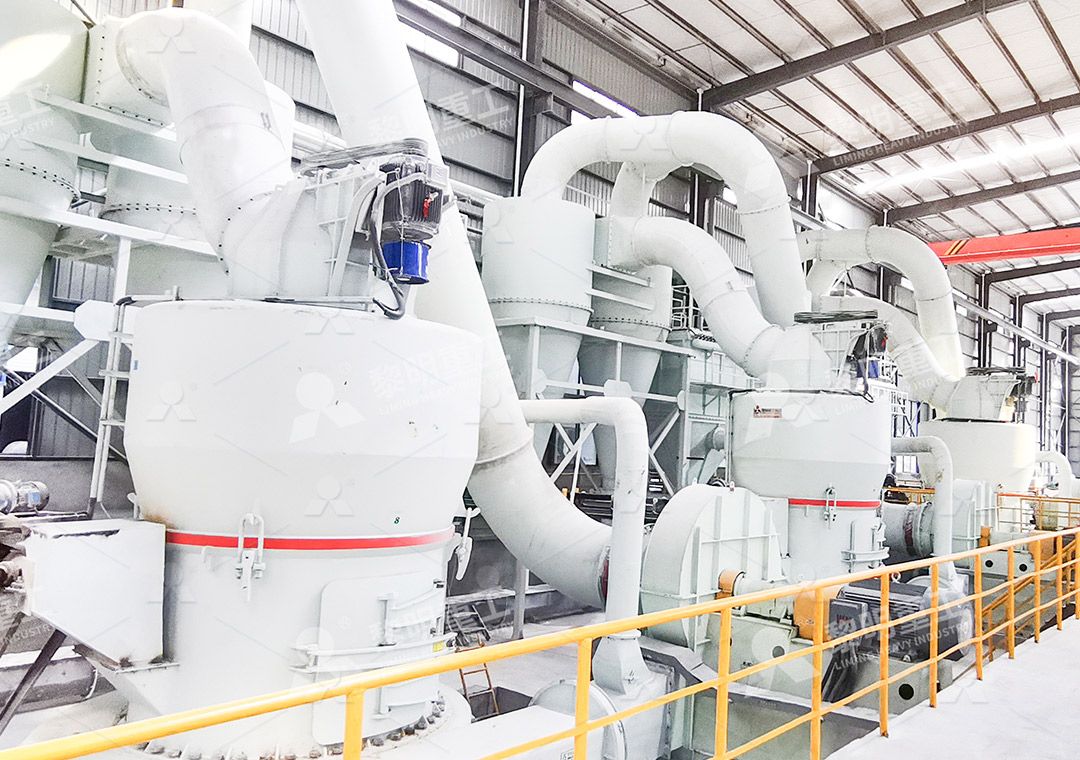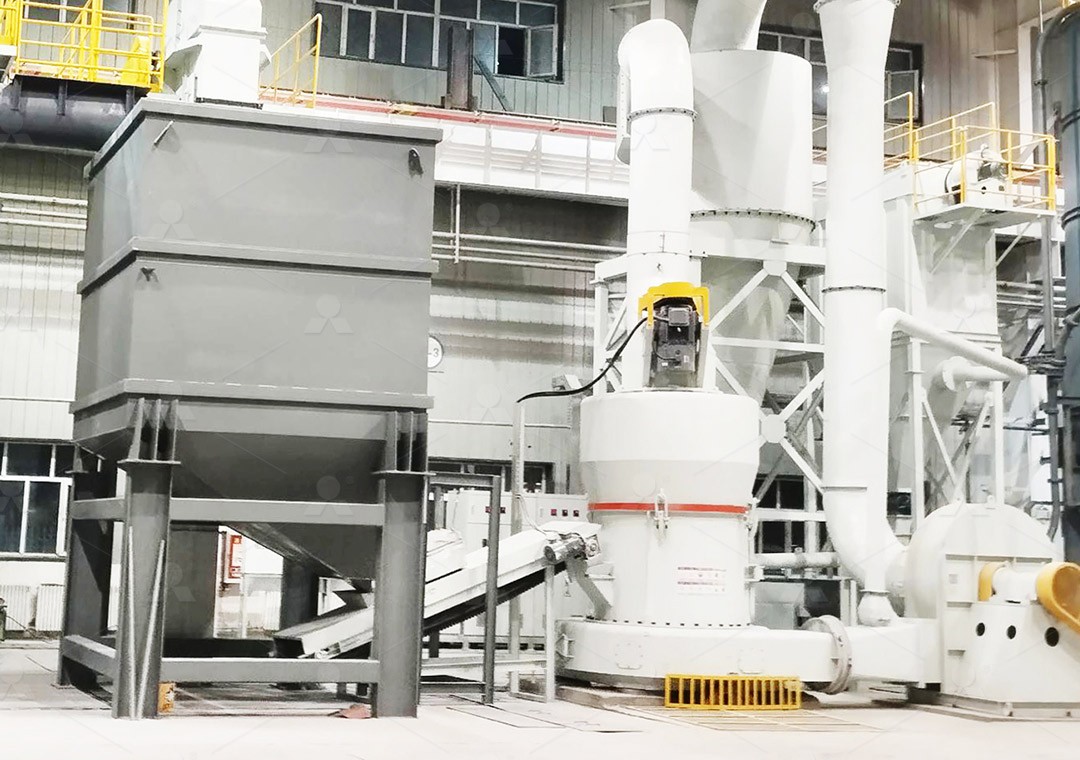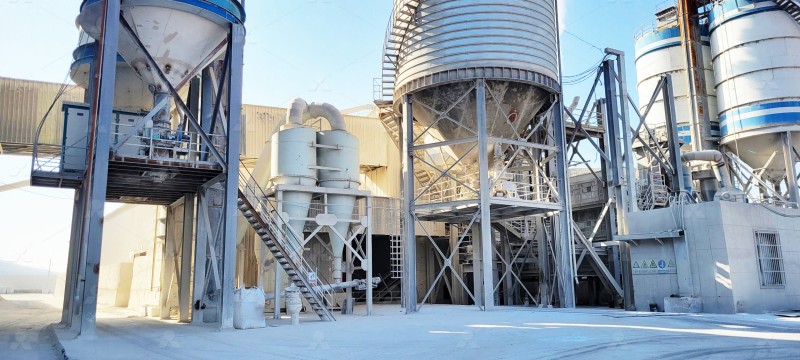How to Choose the Right Raymond Mill Parts for Optimal Performance
We provide a wide range of mills — including Raymond mill, trapezoidal mill, vertical mill, ultrafine mill, and ball mill, obtained ISO9001 international quality certification, EU CE certification, and Customs Union CU-TR certification. Suitable for processing minerals such as limestone, phosphate, quicklime, kaolin, talc, barite, bentonite, calcium carbonate, dolomite, coal, gypsum, clay, carbon black, slag, cement raw materials, cement clinker, and more.
The discharge range of these mills can be adjusted to meet specific processing needs, typically from 80-400 mesh, 600-3250 mesh, and can achieve the finest particle size of up to 6000 mesh(D50).
If you are looking for a reliable grinding solution to turn stone or minerals into fine powder, please feel free to contact our online customer service.
How to Choose the Right Raymond Mill Parts for Optimal Performance
Maintaining peak performance in your grinding operations requires more than just routine maintenance—it demands strategic selection of replacement parts that match your specific production needs. The wrong components can lead to decreased efficiency, higher energy consumption, and unexpected downtime, ultimately impacting your bottom line.
When sourcing Raymond mill parts, several critical factors should guide your decision-making process. Material compatibility stands as the foremost consideration, as parts must withstand the abrasiveness and chemical properties of your processed materials. The grinding roller and ring assembly, for instance, should be manufactured from alloys specifically designed to handle materials like limestone, calcite, or dolomite without premature wear.

Another crucial aspect is dimensional precision. Even minor deviations in part specifications can disrupt the delicate balance between grinding elements, leading to inefficient particle size reduction and increased power consumption. This is particularly important for mills operating in ultra-fine grinding applications where consistency in final product quality is paramount.
For operations requiring superior fine powder production, the MW Ultrafine Grinding Mill represents an excellent choice with its advanced engineering. This machine features higher yielding capacity with 40% greater production output compared to jet grinding mills while consuming 30% less energy. Its innovative design includes no rolling bearings or screws in the grinding chamber, eliminating common failure points and ensuring continuous 24-hour operation.
The importance of proper powder selection systems cannot be overstated when maintaining grinding efficiency. Advanced cage-type powder selectors, like those found in the MW Ultrafine Grinding Mill, enable precise fineness adjustment between 325-2500 meshes while achieving screening rates of d97≤5μm in a single pass. This level of control ensures consistent product quality while minimizing energy waste from over-grinding.

Environmental considerations have become increasingly important in modern grinding operations. Equipment equipped with efficient pulse dust collectors and mufflers, such as the MW Ultrafine Grinding Mill, not only reduces environmental impact but also creates safer working conditions for personnel. The integration of these systems directly into the mill design ensures comprehensive dust control without requiring additional space or complex installations.
Operators seeking vertical grinding solutions should consider the LUM Ultrafine Vertical Grinding Mill, which incorporates the latest grinding roller technology and German powder separating techniques. Its unique roller shell and lining plate grinding curve generates material layers more effectively, enabling high finished product rates through single-pass powder milling. The reversible structure simplifies maintenance procedures, allowing quick access to grinding components without extensive disassembly.
When evaluating replacement parts, consider not just the immediate cost but the total cost of ownership. Genuine OEM parts typically offer better longevity and performance consistency, reducing frequency of replacement and associated labor costs. Additionally, manufacturers that provide comprehensive technical support and guaranteed spare parts availability can significantly reduce operational risks.

Digital manufacturing processes have revolutionized part quality in recent years. Numerical control machine tools ensure cutting, bending, planing, milling, and paint spraying operations maintain exceptional precision, particularly for core components where exact specifications are critical to performance. This manufacturing approach results in parts with tighter tolerances and better overall reliability.
Frequently Asked Questions
Q: How often should Raymond mill grinding rollers be replaced?
A: Replacement frequency depends on material abrasiveness and operating hours. Typically, high-quality alloy rollers processing medium-hard materials may last 1,000-1,500 hours before requiring resurfacing or replacement.
Q: What are the benefits of cage-type powder selectors over traditional blade types?
A: Cage-type selectors offer higher precision in particle size separation, lower energy consumption, and easier adjustment of fineness parameters. They typically provide 10-15% better efficiency in classification operations.
Q: How can I reduce vibration in my Raymond mill operation?
A: Ensure proper balancing of rotating components, check foundation integrity, verify correct installation of damping structures, and inspect for uneven wear on grinding elements. Elastic volute damping structures can significantly reduce vibration transmission.
Q: What maintenance advantages do modern grinding mills offer?
A: Contemporary designs like the MW and LUM mills feature external lubrication systems allowing maintenance without shutdown, reversible structures for easier component access, and hydraulic adjustment systems that simplify operational parameters modification.
Q: How important is dimensional accuracy in replacement parts?
A: Extremely critical. Even minor dimensional deviations can disrupt grinding dynamics, reduce efficiency by 15-20%, increase energy consumption, and cause premature failure of other components due to improper alignment and loading.
